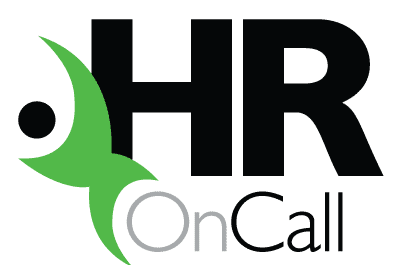The average Australian worker now stays in their job for just 3.3 years.
For small and medium businesses, that’s barely enough time for someone to hit their stride before they’re thinking about what’s next. Recruitment, onboarding, training, and then another farewell morning tea.
It’s exhausting, costly, and disruptive. But here’s the thing: it’s also changeable.
Tenure isn’t something that “just happens.” It’s something businesses can shape, especially smaller ones, where connection, trust, and purpose are easier to build (and easier to lose if you’re not paying attention).
Why Tenure Matters More Than You Think

Tenure isn’t about counting how many people stay. It’s about understanding why they do.
When people stick around, you get:
-
Better performance. Familiar faces know your systems, clients, and quirks, they work smarter.
-
Lower costs. Fewer recruitment rounds, less lost productivity.
-
Stronger culture. Teams that grow together build confidence, rhythm, and trust.
-
Happier customers. Continuity builds credibility.
Every time someone leaves, you don’t just lose a pair of hands. You lose knowledge, and that’s something no new hire can replicate straight away.
5 Practical Ways to Increase Employee Tenure
1. Make Onboarding About Belonging, Not Paperwork
The first few months set the tone for the entire journey.
If onboarding is just policies, checklists, and passwords, you’ve missed the moment.
Help people connect, to purpose, to people, and to what success looks like in their role.
Show them how their work matters.
A warm welcome, early wins, and regular check-ins make a huge difference to long-term commitment.
2. Create Micro-Growth Moments
You don’t need big titles or fancy promotion ladders. You just need to demonstrate to employees their progress. Most employees leave not because they want to go somewhere else, but because they stop seeing a future where they are.
Ideas for small steps forward can be:
-
Run a project.
-
Mentor a new starter.
-
Attend a short course or site visit.
-
Let them lead a meeting or improve a process
3. Make Feedback Frequent
Forget annual reviews as the main channel for feedback.
People want to know how they’re doing, regularly, honestly, and in real time. Say thank you. Point out wins. Offer suggestions before issues snowball. Feedback doesn’t have to be formal; it just has to be human.
A one-line “Hey, you handled that client really well” can carry more weight than a 10-page review form.
4. Protect Wellbeing and Flexibility
We’ve moved past the point where flexibility is a perk, it’s now a baseline expectation.
That doesn’t mean giving everyone a four-day week, but it does mean creating an environment where people can work sustainably.
Be open to flexible hours. Encourage breaks. Check in when workloads spike.
And when someone’s clearly struggling, notice. That act alone often makes the difference between someone staying and someone walking.
5. Have Stay Conversations — Not Just Exit Ones
Most managers only ask for honest feedback when someone’s already halfway out the door.
Flip that.
Every few months, have a “stay conversation.” Ask questions like:
-
“What part of your role do you love most?”
-
“What’s starting to feel frustrating or stale?”
-
“What would make this a place you’d want to stay another year?”
These conversations take ten minutes, but they can save months of recruitment.
The Payoff: Why It’s Worth It
Let’s do some quick math.
If your business has 20 employees and you extend average tenure by even six months, that’s potentially a 25% reduction in turnover costs, and the ripple effect on stability, culture, and client trust.
Longer tenure means:
-
More consistent service.
-
Deeper team knowledge.
-
Less disruption.
-
More time to focus on growth instead of backfilling roles.
It’s not about holding on to people forever; it’s about creating a workplace they don’t want to leave prematurely.
Most people don’t quit jobs they love; they quit when they feel unseen, stagnant, or overworked.
For small and medium businesses, extending tenure isn’t about perks or ping-pong tables. It’s about genuine connection, clear communication, and a little structure around the things that matter most.
Three years might be the national average, but there’s no reason your business has to settle for it.

